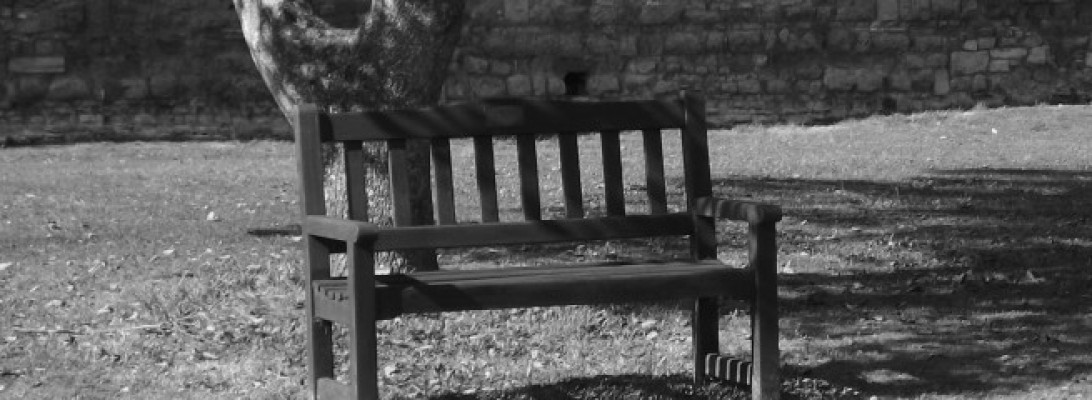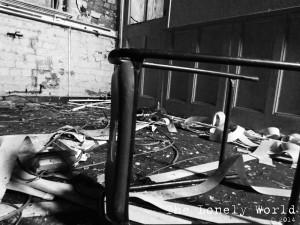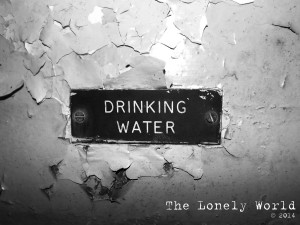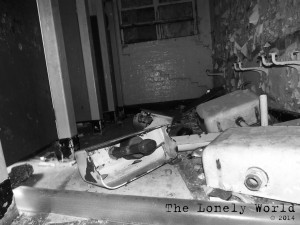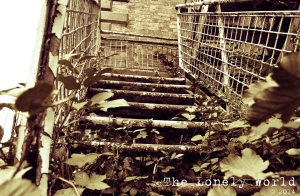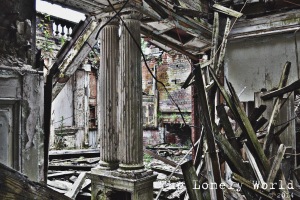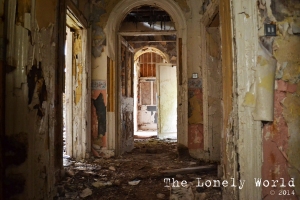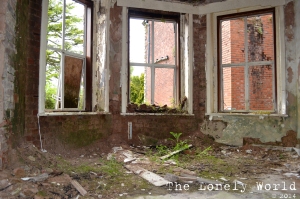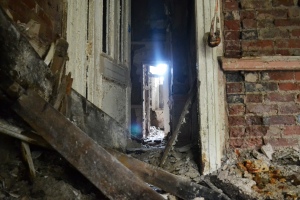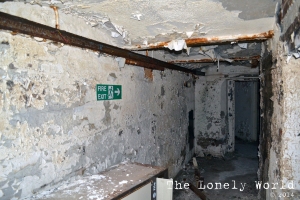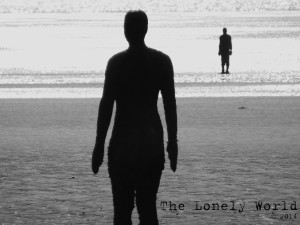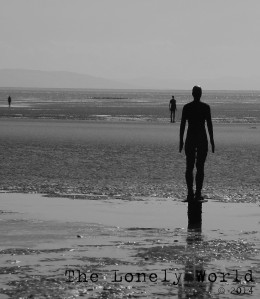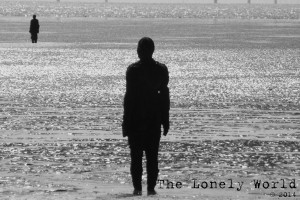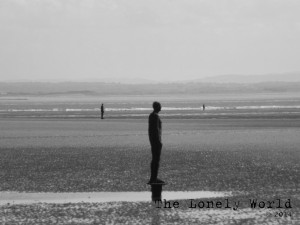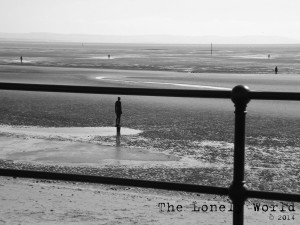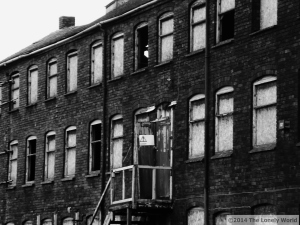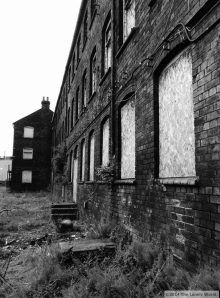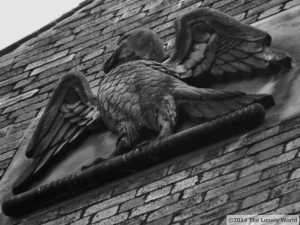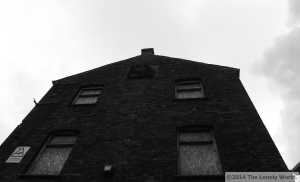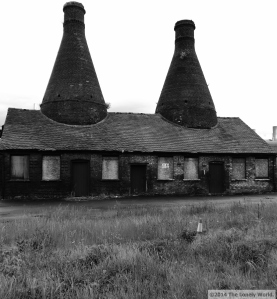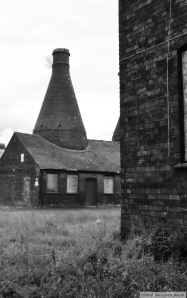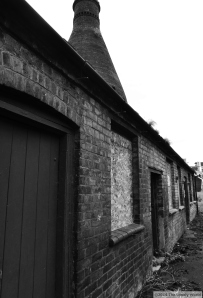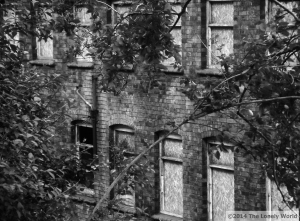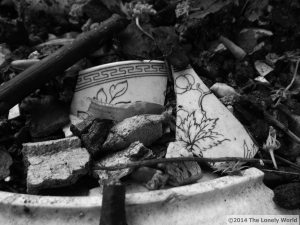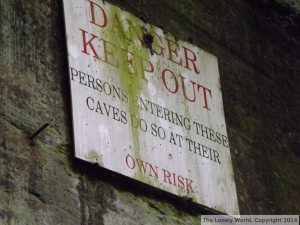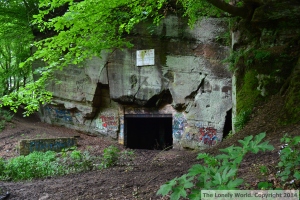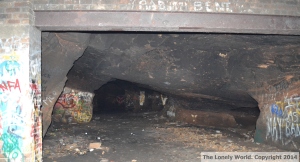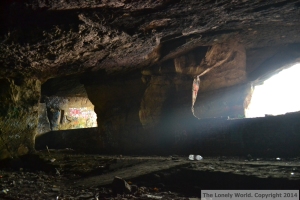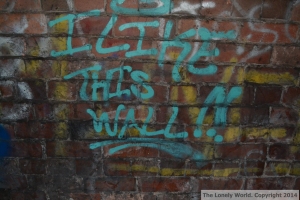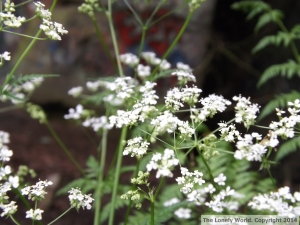We went to visit Stallington Hall yesterday after a tip off from a friend and were quite surprised at what we found. Although badly fire damaged on the ground floor a large part of the interior is still in tact. I have been searching the internet all afternoon for a bit of background history but it all seems to be a bit hush hush in regards to Stallington Halls more recent use as a psychiatric hospital.
Built in the late 18th century and originally called Stallington grange the 3 storey building is grade II listed and has been left abandoned since the hospitals closure in 1997. Once a private home to Staffordshire MP Bart Smith Child, his wife Sarah, his daughter Elizabeth and eleven staff in 1881, he left the house to his grandson Sir Hill Child upon his death who later sold it to the city of Stoke-On-Trent in 1924.
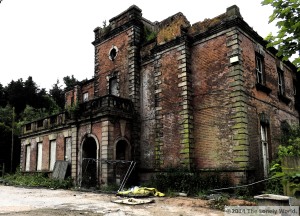
Stallington Hospital was then created as a home for both adults and children with disabilities and those considered at the time “mentally subnormal”. Local rumours surrounding the hospitals reputation suggest that patients were mistreated and with a patient dying in 1992 after been chained round a toilet bend this seemed to have possibly been the case.
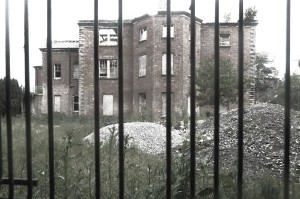
The ward complex was knocked down and a housing estate now stands on the grounds with the hall fenced off in the middle. There have been a few conflicting stories regarding the use of the remaining building while it seems clear that the building was used as offices some ex employees haves confirmed that some wards were located in the building possibly in the basement for some of the more extreme cases. Several applications have been put forward to develop it into an apartment complex with one being successful, However not long after the hall was set alight with the cause unknown fuelling local speculations and conspiracy theories.

I was using the Fuji Finepix again and M was using the Nikon D3100 as we wandered round to get some shots. We have got so many photos again I’ve decided to do this post in 2 parts again.
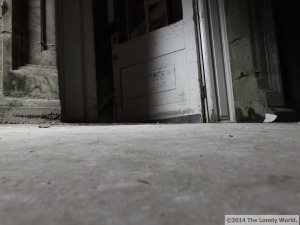
We’ve started to have a play with Photoshop recently and these photographs seemed to be the perfect opportunity to try and get a bit of atmosphere into the frames with editing . I took this one in the main entrance hall from a low ground level with the foreground in a larger focus and sliding off into the background. I have dropped the saturation on Photoshop and added extra contrasting layers to bring out certain colour elements of the photo.

This was located in the front outer porch by the main front door, I zoomed in on this sign to give a dramatic impact to the frame whilst picking out all of the creepy detail of the decay in the wood. I have edited it in Photoshop to make the black lettering more prominent against the white background with the cobwebs and dust contrasting against it too.
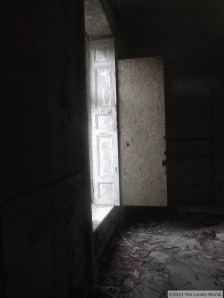
This scene caught really caught my eye when we were inside, the wooden shutters have been pulled back from the shattered glass window with the chipboard cover knocked through both side allowing the natural daylight to peek through from outside. The saturation has been scaled down with a duplicate layer added on Photoshop to allow small aspects of the original colours to come through but still giving a sense of the sadness of the room.
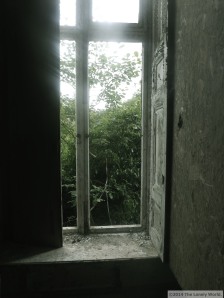
This is the frontal view of the window, the contrasts of the shadows can be clearly seen with the natural daylight glare shining between the metal window frame.

This one is my favourite photographs that we took, it was taken just inside the main porch of the building. The door just left half open sets the tone of the derelict building completely forgotten and abandoned with decay covering more or less every corner.
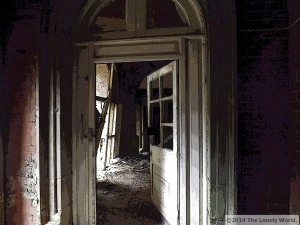
This is the view from the opposite side of the door, the shadows have been highlighted in this shot and a lot of the finer details blurred out. The red brick walls are prominent in the foreground with the fire destruction becoming visible in the background.
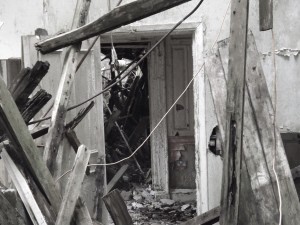
A tunnel view frame stretching the length of the room and into the next, I have not focused on anything specific giving a good depth of field and allowing a lot of the fire damage to be captured in detail in the photograph.
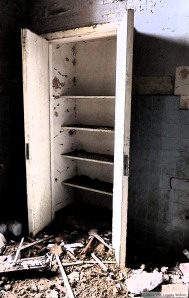
This was on of the shots of a cupboard we discovered in one of the bathrooms, everything had been completely stripped from the room with the floor covered in rubble. This was the only focal point in the room but the way the doors have just been left thrown open makes a striking image and an interesting shot.
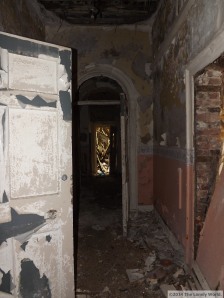
In this frame I have focused on the open door to the left while still trying to fit a good proportion of the corridor trailing off into the background in as well. The light wasn’t brilliant in the corridor so I have used the flash to make sure I got everything in I was after.
We did venture down into the basement but as we crept further into the depths the daylight started to disappear and we didn’t have a torch. As the light from the flash gave us a quick glimpse of objects in the darkness we got the feeling it was time to go. I didn’t really feel spooked wandering round until this point so we decided to head back and make our escape. M photographed more of the basement than me so I will be publishing some of his more artistic shots in part 2 of this post and as much as I enjoyed shooting here I was frustrated that I couldn’t quite get the atmosphere into the photograph as I saw it.
.
 So yesterday me and M had a free afternoon with a few hours to kill before everyone came home so with both of us been off work at the weekend (which is a novelty for us) and the weather been glorious we decided to go and have a peek around M’s old primary school which is due to be demolished to make way for a ethnic food supermarket in the near future. We have driven past it dozens of times but never seemed to have a camera with us so after snapping a nearby country park we made our way to the school.
So yesterday me and M had a free afternoon with a few hours to kill before everyone came home so with both of us been off work at the weekend (which is a novelty for us) and the weather been glorious we decided to go and have a peek around M’s old primary school which is due to be demolished to make way for a ethnic food supermarket in the near future. We have driven past it dozens of times but never seemed to have a camera with us so after snapping a nearby country park we made our way to the school.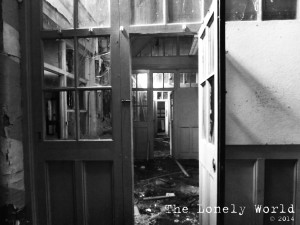 The School was built in 1853 and functioned as a mixed age school until 1865 when it separated into infant and juniors. Its closed in 2002 when the school was relocated to a new site and the building which has become a target for vandals and arsonists has been left derelict ever since.
The School was built in 1853 and functioned as a mixed age school until 1865 when it separated into infant and juniors. Its closed in 2002 when the school was relocated to a new site and the building which has become a target for vandals and arsonists has been left derelict ever since.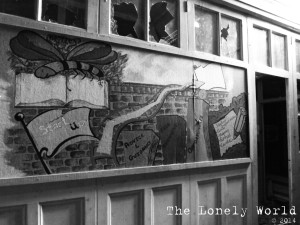 Completely ruined inside many of the walls are still covered with the children’s school work which I found quite strange, although stripped and crumbling inside with every window broken the presence of children was felt all around.
Completely ruined inside many of the walls are still covered with the children’s school work which I found quite strange, although stripped and crumbling inside with every window broken the presence of children was felt all around.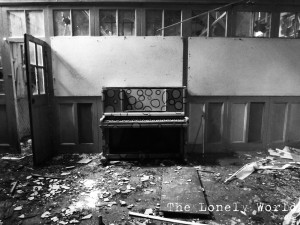 One of the only pieces of furniture in the school left was this lone piano surrounded by the debris and broken glass. Edited into black and white this photograph really emphasises “The Lonely World” for me it puts the reason we chose the name for our blog into a photo, even after the years of neglect the piano is still there abandoned and forgotten.
One of the only pieces of furniture in the school left was this lone piano surrounded by the debris and broken glass. Edited into black and white this photograph really emphasises “The Lonely World” for me it puts the reason we chose the name for our blog into a photo, even after the years of neglect the piano is still there abandoned and forgotten.